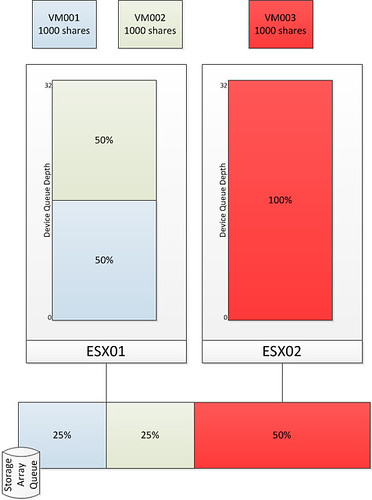Last week VMware officially released an official paper around Deployment Best Practices for HA. I was one of the authors of the document. Together with several people from the Technical Marketing Team we gathered all best practices that we could find, validated and simplified them to make it rock solid. I think it is a good read. It is short and sweet and I hope you will enjoy it.
Latest Revision:
Dec 9, 2010Download:
http://www.vmware.com/files/pdf/techpaper/VMW-Server-WP-BestPractices.pdfDescription
This paper describes best practices and guidance for properly deploying VMware HA in VMware vSphere 4.1. These include discussions on proper network and storage design, and recommendations on settings for host isolation response and admission control.

